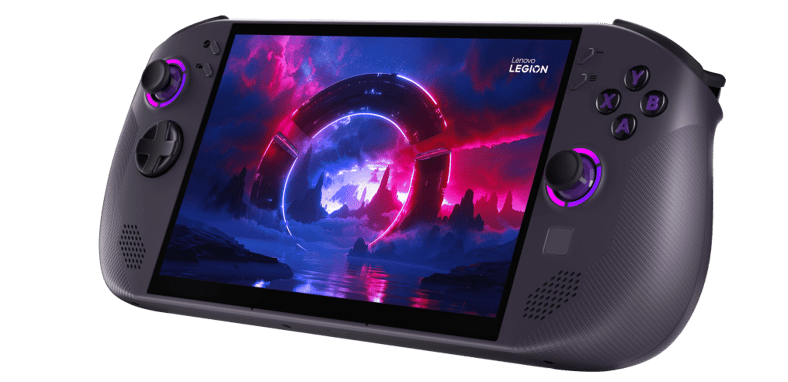SteamOS is officially no longer just for the Steam Deck, officially.
The Legion Go S is cheaper than the Pyro models with no Windows; a future OS beta test will include downloadable files for personal setups.
1/8/20253 min read


It was almost exactly a year ago when we were publicly asking for more portable gaming PC manufacturers to drop Windows in favor of SteamOS and not having to use some sketchy unofficial hacks. Well, that day has come, with the Legion Go S revealed as the first non-Valve handheld that will include an official copy of SteamOS. And Valve says that it will soon release a actual beta version of SteamOS for people to “try for themselves.” While Lenovo’s slightly smaller follow-up to the 2023’s Legion Go, the Legion Go S will miss its detachable controllers of the previous model.
However, the new PC gaming handheld will have two different models: one with a preinstalled Windows 11 and the other, called SteamOS, which will be the first to carry the (leaked recently) Powered by SteamOS logo on it. It is also not running a Windows license, as both the Legion Go S as well as the “Powered by SteamOS” edition, which will launch in May starting at $500, will attest. Windows edition of the device will go on sale this month for as much as $730, additional configurations will cost as low as $600 when becomes available in May.
However, do not count on it: both Windows and SteamOS versions of Legion Go S will weigh 1.61 lbs and will come equipped with 8-inch 1200p 120 Hz LCD, up to 32 GB RAM, and AMD’s new Ryzen Z2 Go chipset, although some versions might feature older Z1 core.
Watch out, Windows?
On a blog post on Tuesday, Valve pointed out that the Legion Go S will be specifically be equipped with the same SteamOS version of the Steam Deck. The company work on putting steamOS on the Legion Go S will also “enhance compatibility with other handhelds” and the company intends to “continue developing steamOS for support on more devices in the future.”
Valve said that it will deliver a public beta SteamOS version before May, “which should enhance the experience on the other devices and you can download and try it for yourself.” And of course, the support will be added and the experience will be improved further at the next release.”
The official launch of the Powered by SteamOS program has been a long time in coming; even in this interview with Ars Technica from early 2022, Valve’s Lawrence Yang stated that the company is ‘looking forward to seeing people create their own SteamOS machines’. Later this year, Valve officially announced that it started developing official SteamOS support for the Asus ROG Ally. With regards to SteamOS as running on the Steam Deck, the experience generally has been getting better each year due to new features and new updates to the Proton compatibility layer to enable Windows-based games on the Linux based core of the SteamOS. However, it was seen that SteamOS in general was limited by the outdated Steam Deck hardware and it does not support the most graphic intensive current generation games. Now that SteamOS will be available more widely, the players will as well be have an opportunity to access the platform form of gaming interface as well as features on different variety of hardware-form-factor and power level. You would think that that has to be at least a little bit worrisome to the people at Microsoft’s games division for they have long taken Windows as the standby for PC gaming after some 30 years. Perhaps what Valve CEO Gabe Newell said in 2013 that Linux will dominate gaming in the future was slightly ahead of time.


Insights
Stay updated on technology and AI advancements.
info@tracertacz.com
© 2024. All rights reserved.
